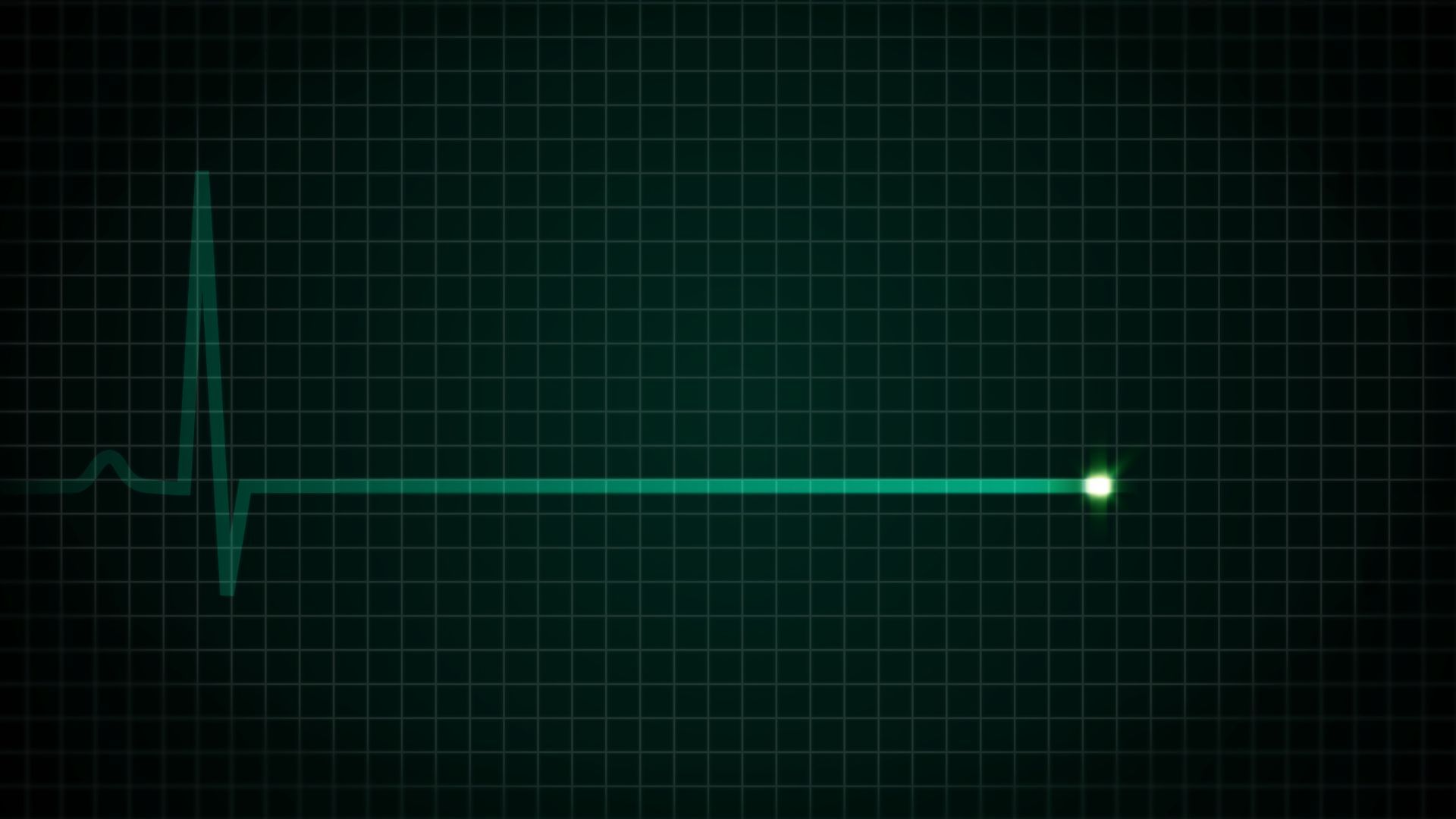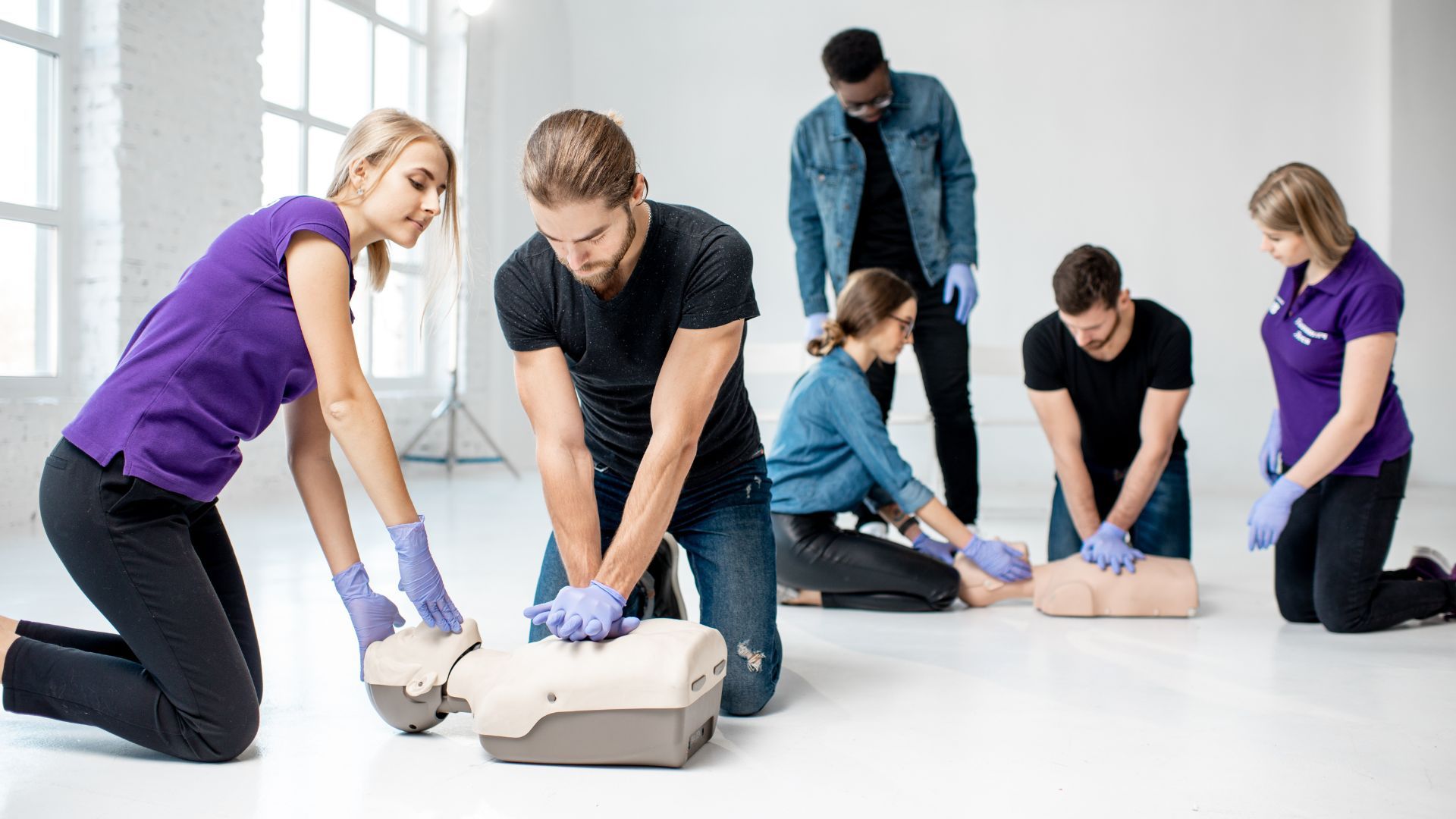
The Beat Goes On: How CPR Can Restart a Heart
Cardiopulmonary Resuscitation (CPR) is more than just a skill; it’s a beacon of hope. In those critical moments following a cardiac arrest, when a heart stops beating, the rhythm of life may falter. But with the intervention of CPR, the beat can go on. Let’s dive deep into the fascinating mechanics of how CPR can jolt a heart back to life and explore real-world applications that underscore its significance.
Understanding the Heart’s Electrical Symphony
The human heart is akin to a well-orchestrated symphony, where intricate electrical signals guide the rhythmic contractions and relaxations of the heart muscle. However, disruptions to this rhythm, known as arrhythmias, can lead to cardiac arrest.
In the event of a cardiac arrest, the heart ceases its pumping function, leading to the lack of oxygenated blood flow to vital organs. The brain, especially, is vulnerable during these moments, and any prolonged deprivation can lead to irreversible damage.
Everyday Heroes: Instances of CPR Making a Difference
Sports Events:
Athletes push their bodies to the limit. Sometimes, that can lead to unprecedented stress on the heart. There have been instances where athletes, in the middle of a game, experience cardiac arrest. Thanks to the prompt actions of teammates, coaches, or even spectators trained in CPR, many have lived to tell the tale.
Air Travel:
Medical emergencies at 35,000 feet can be terrifying. The closed environment and the time it might take to land can be critical. Cabin crews are trained in CPR, and there have been numerous incidents where their timely intervention has saved passengers experiencing cardiac issues.
Natural Disasters:
Earthquakes, floods, or any form of natural disasters can cause traumatic injuries leading to cardiac arrest. First responders and even fellow victims with CPR knowledge have turned the tide in many such dire situations.
Empowering the Community
Community-based CPR training programs have seen a surge in the past few years. The reason is simple: the more people are trained, the higher the chances of survival for cardiac arrest victims. Schools, colleges, and workplaces have begun to recognize the importance of having a significant portion of their members trained in CPR.
Why CPR Matters: The Value of Time
Every minute that passes without CPR during a cardiac arrest reduces the chance of survival by 7-10%. But when bystanders intervene promptly with CPR, the survival rates can double or even triple. Furthermore, early initiation of CPR preserves brain function, reducing the risk of long-term neurological damage.
The Perfect Beat: Using Music to Guide CPR
Maintaining the correct rhythm during chest compressions is crucial, and it’s where music can be surprisingly helpful. A song with a beat close to 100-120 beats per minute (BPM) can serve as a mental metronome, helping ensure that chest compressions are delivered at the right rate.
Here are some songs that fit the bill:
“Stayin’ Alive” by the Bee Gees: Probably the most famous song associated with CPR, its disco rhythm perfectly matches the desired compression rate. The title itself is ironically fitting.
“Another One Bites the Dust” by Queen: While the title may seem a bit dark in the context of CPR, its beat is spot-on. Just remember to focus on the rhythm, not the lyrics!
“Girls Just Want to Have Fun” by Cyndi Lauper: This 80s classic is another great song to keep in mind. Its upbeat tempo is right in the desired range for chest compressions.
“Uptown Funk” by Mark Ronson ft. Bruno Mars: A more contemporary track, this song’s catchy beat can be a guide for the right CPR rhythm.
“Can’t Stop the Feeling!” by Justin Timberlake: Another modern hit, its pace aligns well with the recommended compression rate.
Using these songs as a mental guide, bystanders can ensure they’re providing chest compressions at an effective and consistent rate. However, it’s essential to remember that while the rhythm is crucial, the depth and technique of compressions are equally important. Regularly attending CPR training can help refresh these skills and keep them sharp.
Keeping the Rhythm Alive
Life is unpredictable. But with the right knowledge and skills, we can make a difference in dire circumstances. CPR stands as a testament to the power of human intervention—a way to keep the rhythm of life going when all seems lost. It reminds us that with each compression, each breath, the beat truly does go on. And as more individuals become trained in CPR, our communities become safer, more resilient places where life’s melody plays on, uninterrupted.
FAQ
How does CPR actually “restart” the heart?
While many people think CPR directly “restarts” the heart, its primary function is to maintain the flow of oxygenated blood to the brain and other vital organs, preserving intact brain function during cardiac arrest. By applying chest compressions, CPR mimics the heart’s pumping action, ensuring oxygen delivery to these essential areas. While CPR can sometimes trigger a heart to start beating on its own, often an Automated External Defibrillator (AED) or professional medical intervention is needed to restore a regular heart rhythm.
Is it possible to cause more harm if I perform CPR incorrectly?
While it’s beneficial to perform CPR with proper technique, the most important thing in a cardiac arrest situation is to act. A person in cardiac arrest is already in a critical condition, and the risk of not doing anything far outweighs the potential harm of imperfect CPR. Even if you’re unsure about your skills, starting compressions can be a lifesaving decision. When in doubt, it’s better to do something rather than nothing.
Why is the timing and rhythm of chest compressions so important during CPR?
The heart’s primary function is to pump blood, carrying oxygen, to the vital organs. When performing CPR, the rhythm and depth of chest compressions determine how effectively blood is circulated. Compressions that are too slow or too shallow may not provide sufficient blood flow to the brain and other organs. The recommended rate is about 100-120 compressions per minute, which helps maintain adequate circulation and increases the chances of a positive outcome.
Find a CPR Certification Class Near You!
More Articles



